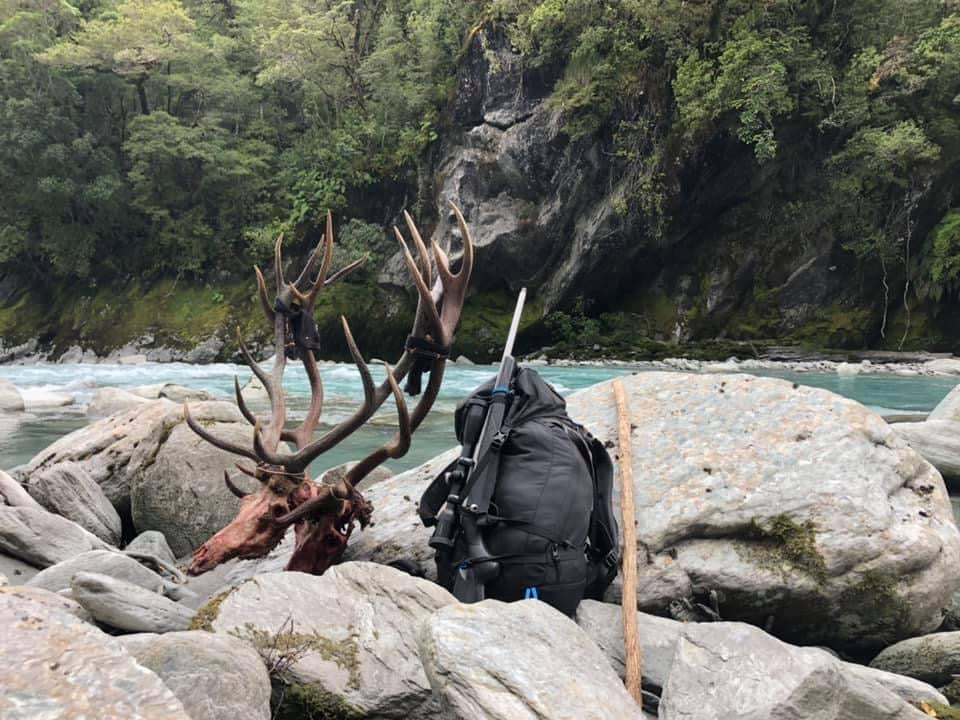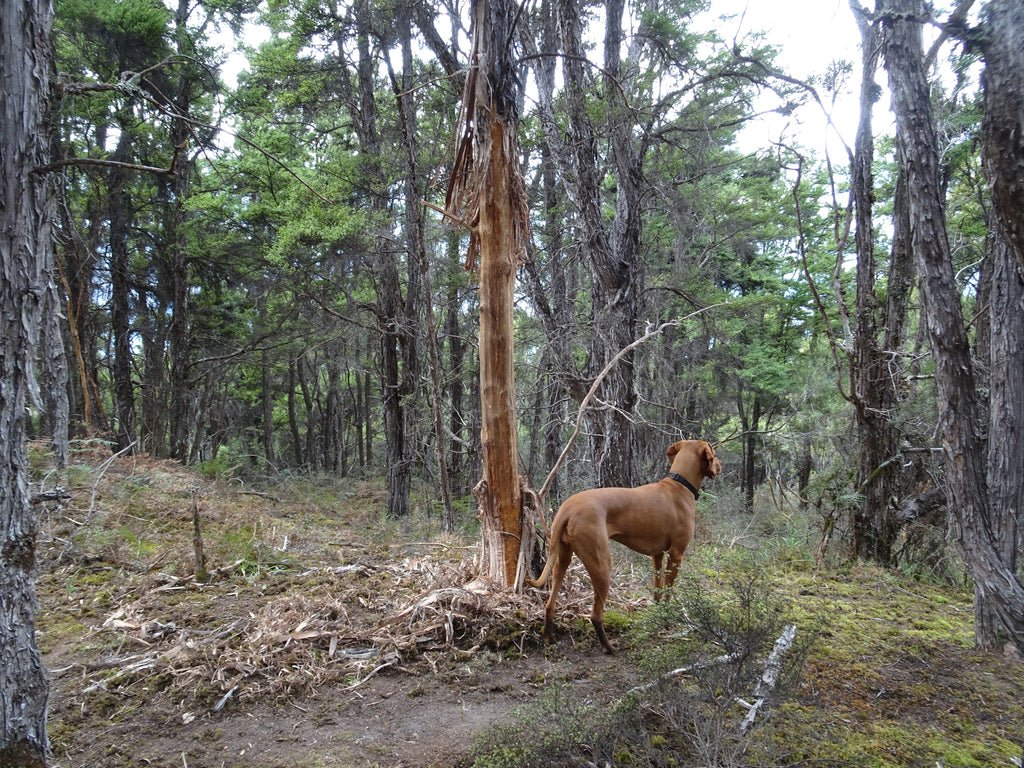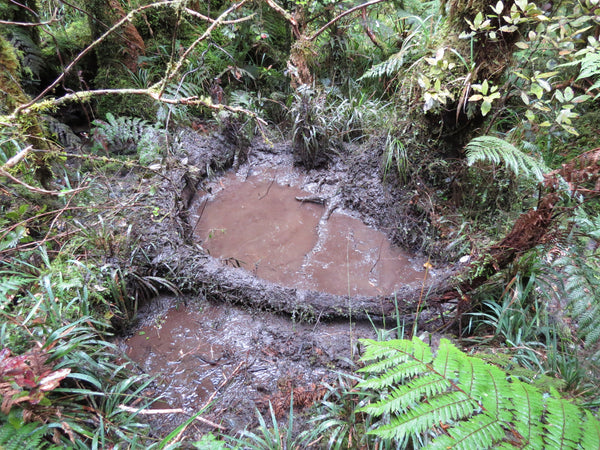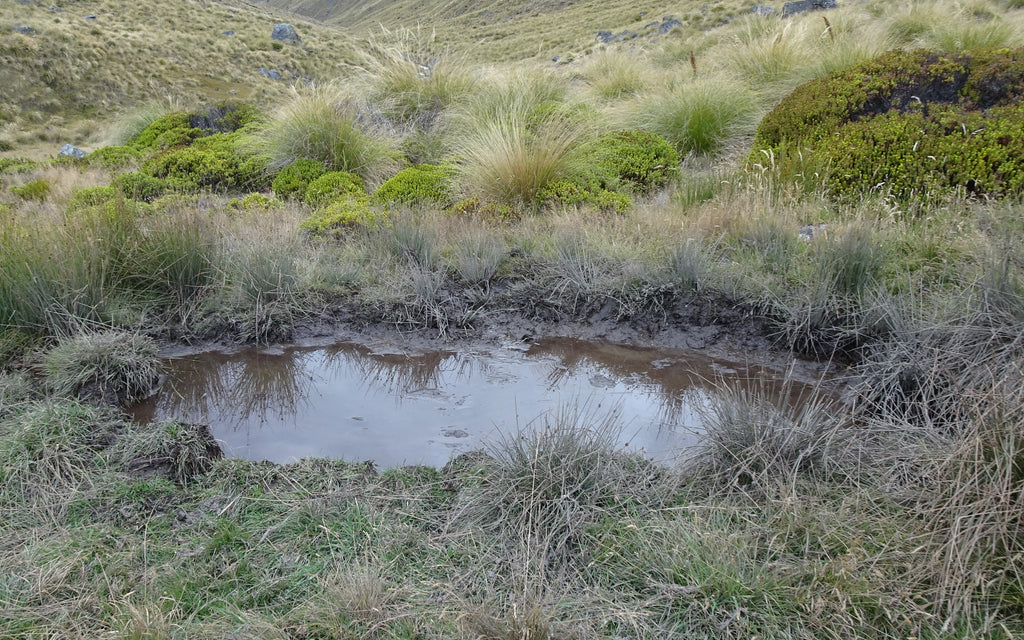The build up to the roar is always an exciting time with all the plotting and scheming involved, and figuring out where and when to focus your time
Its an exciting time to hunt, and for good reason. As the days get shorter eventually those big stags that have been hard to find most of the year will let their guard down with the onset of the roar, and suddenly they become a hell of a lot easier to find. If you're looking for that new addition to the pool room it's also the only time the stags will have those big impressive necks which make the mount a bunch more appealing. Like Ewan Blacks fine example below.

There’s a bunch of variables with hunting in the roar, and by no means is there a right or wrong way to go about it but here’s a few points to get you thinking and planning, hopefully they will help new hunters to have some success.
Area
Different area’s hold stags with varying antler potential. This can be for a number of reasons such as genetics, feed, WARO, farm escapees, hunting pressure etc so if you’re after a big rack of antlers it pays to do your homework with regards to where you should focus your hunting efforts.
Maybe your goal is to knock over your first stag. If this is the case, try to find information on where there are good animal numbers. Talk to experienced hunters and get out and do the leg work.
The key to finding the stags around the rut is pretty simple - first find the hinds. If you know a few places that hold a good population of hinds, it’s a fairly safe bet there will be a stag sniffing around them at rutting time.
Timing
I think we all agree that the timing of the roar is based around when the hinds are cycling but there are a few other things that seem to have some influence. Generally speaking the roar will usually kick into gear sometime from late March to mid April, which is when the days are very quickly getting shorter and there is a briefer transition from daytime to night time.
Often a snap of cold Southerly weather seems to tip the scales and get things started; perhaps because it kind of exaggerates the change of season. Personally, I’ve noticed quite a difference in timing between some of the higher elevation area’s I hunt and the lower coastal stuff. I’ve found that stags at higher elevations tend to roar earlier, again perhaps due to the colder temperatures seeming to make the change of season more apparent.
There is also thought to be some connection between cycling hinds and full moon. Hinds that may have missed out on the action have been known to cycle again on the next full moon, which is perhaps the cause of those occasional roars that can be heard in May.
It’s also fairly common knowledge - and worth noting - that the more mature stags seem to get started before the younger ones so it pays to be ready to drop tools and get out there as soon as that cold snap hits.
Stags are generally more active just before day break and maybe for a couple hours after that, with the same thing happening in the evening. You need to plan to be in the right place when the stags are more likely to be active, which often involves a bunch of time with your headlamp on.
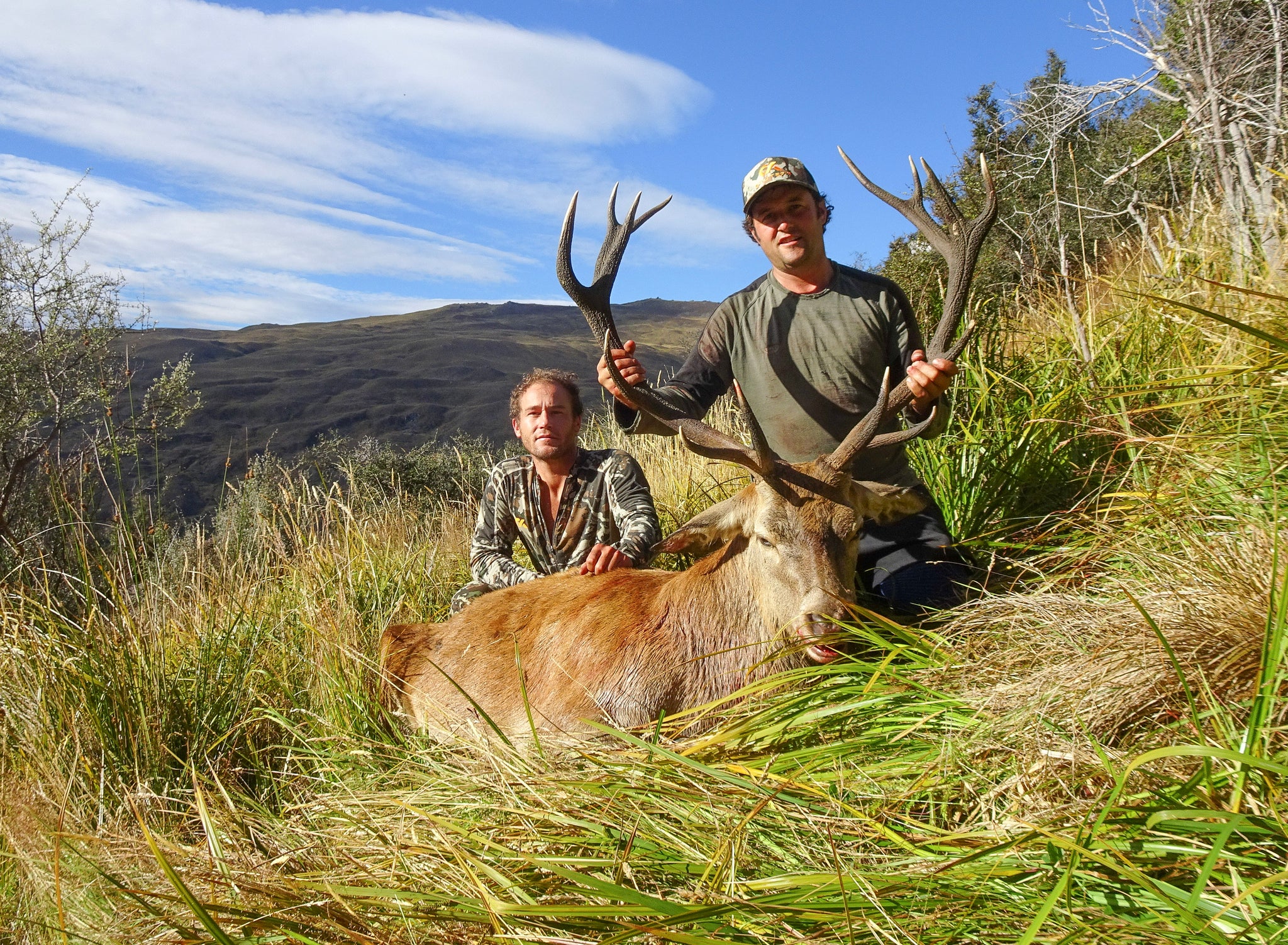
Mark Ivey with a fine example of an Otago stag
Terrain
Sometime in late Feb or early March, the stags will break off from their bachelor groups and start seeking out hinds. They will try and gather their hinds into the type of terrain that they can defend from other stags, and somewhere that allows for their roars to be well heard. This usually involves a terrace or a spur or just above the toe of a slope. I have found that in the bush, stags focus more obviously on terraces and spurs, whereas it’s a little less well-defined in tussock country. The hinds are still feeding a bit at this point so these places will have some feed and catch at least a little sun.
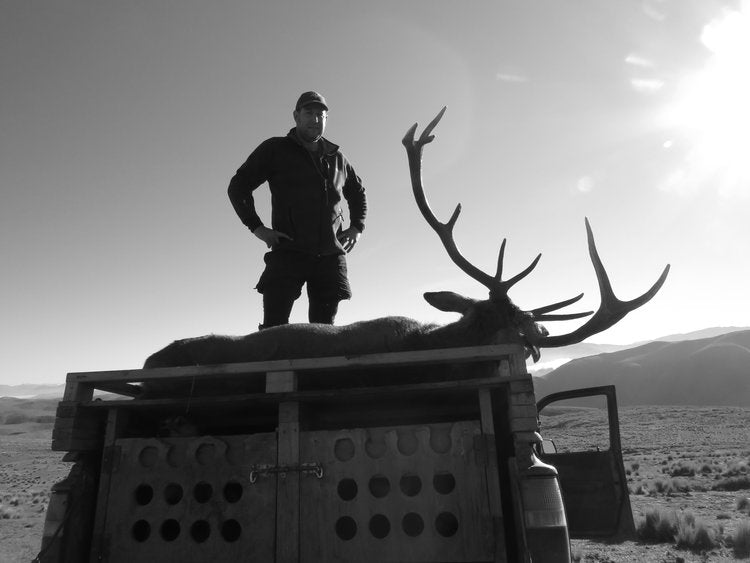
Image @ Shaun Monk
The giveaways here are wallows and rubbings; if your finding these then you’re in the right place. Rubbings and wallows are essentially a stags way of marking their territory. Keep these areas a little close to your chest as stags will return to the same rutting areas year after year.
Roaring
There’s a lot of different ways to approach this and successful hunters can often have some quite different tactics. Generally speaking though, there are a few things to think about.
Usually a roar will sound quite a bit further away than it really is. Every year I am surprised by just how quickly a stag comes in to me, or by how fast I move in on him.
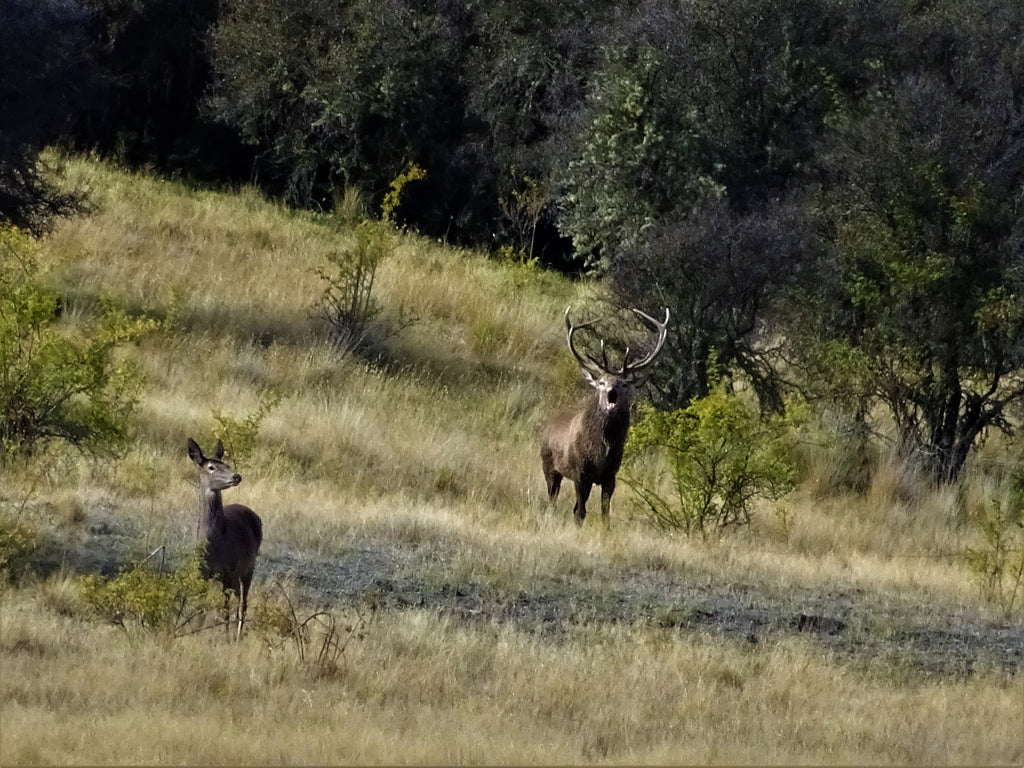
Image @ Luke Potts
If a stag is roaring well without encouragement, then I find it’s best not to roar at him. Focus instead on closing the gap quietly. This way he won’t be expecting it when you stalk in on him and you’ve got a better chance of seeing him first.
Often you need to give the odd roar to keep a stag going. This is when I prefer the tactic of working in pairs, with one hunter hanging back while the other stalks in on the animal. Its worth noting the safety issues involved with splitting up however, so wear some blaze orange and make sure your hunting partners not a muppet.
Once your close its usually about moving super quiet, some guys will even take their boots off and sneak in close in their socks. I try to move only when a stag is roaring as he’s less likely to hear any noise I might make. Remember if you do spook him, you can often pull him up by letting out a roar and this may give you just enough time to place a shot.
Hunting solo the approach some people have is to actually make quite a bit of noise as they move in, the idea being to sound like a worked up stag moving around. Even shaking branches and bushes can help entice a stag out of thick cover. Trial and error will help you find the approach that works for you.
In tussock country it’s always the listening and glassing that helps you locate a stag in the first place, from there you’ll need to stalk in, using cover to close the gap.

Image @ Hugh Bagley
Wind
As with any big game hunting, getting the wind right is crucial so plan your whole approach around this. Be aware of not stinking up your intended hunting area by camping in the wrong spot.
A stag catching my wind is no doubt the most common mistake I’ve made, especially with bush hunting. Sometimes the terrain itself can make it difficult to keep your wind right, let alone the wind simply shifting on you.
Pay attention to the topography and the effect anabatic and catabatic winds can have. Usually in the evening/night, the colder denser air is pushed down the slopes and descends beneath the warmer and less dense air. The opposite (anabatic) can generally occur in the morning as the sun warms things up and the process is reversed.
Best of luck for the roar


